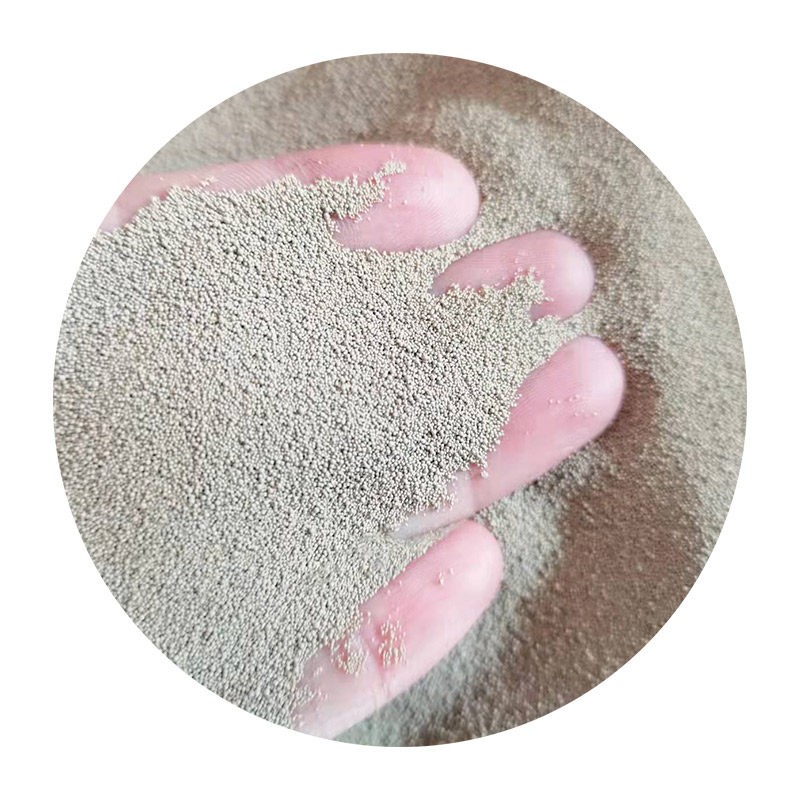The Significance of Foundry Sand in Metal Casting
Foundry sand, an essential material in the metal casting industry, plays a pivotal role in the production of high-quality metal components. Its unique properties make it an indispensable element in creating molds and cores for various casting processes. This article explores the characteristics, applications, and environmental considerations related to foundry sand.
Characteristics of Foundry Sand
Foundry sand is typically composed of high-quality silica, which provides excellent thermal stability and high resistance to thermal shock. The grains of foundry sand are usually round and uniform in shape, allowing for efficient packing when forming molds. This sand has a good level of permeability, enabling gases to escape during the metal pouring process, which minimizes defects in the finished castings. Another vital characteristic of foundry sand is its ability to withstand high temperatures, making it suitable for casting ferrous and non-ferrous metals.
Applications in Metal Casting
The primary application of foundry sand lies in the metal casting industry, where it is used to produce molds and cores for a variety of metal products. Foundry sand is utilized in several casting processes, including sand casting, shell molding, and lost foam casting. In sand casting, for instance, a mixture of silica sand, clay, and water creates the mold into which molten metal is poured. This process is widely employed in manufacturing automotive parts, industrial equipment, and various other metal products. The versatility and cost-effectiveness of foundry sand make it a preferred choice among manufacturers.
foundry sand

Recycling and Environmental Considerations
One of the significant challenges facing the foundry industry is the disposal of spent foundry sand, which can pose environmental risks if not managed properly. However, many foundries are adopting sustainable practices by recycling used foundry sand. The recycled sand can be repurposed in various applications, such as construction, where it can be used as a fine aggregate in concrete production. Additionally, it can be employed in land reclamation projects and as a raw material in the production of asphalt.
Efforts to develop eco-friendly binding agents and alternative materials are underway to reduce the environmental impact of foundry sand usage. Research is being conducted to replace traditional resin-bonded sands with more sustainable options that can minimize waste and energy consumption.
Conclusion
In summary, foundry sand is a vital material in the metal casting industry, known for its unique properties that contribute to the production of high-quality castings. Its applications span a wide array of metal products, making it an integral part of manufacturing processes. As the industry grapples with environmental challenges, the recycling of spent foundry sand and the exploration of sustainable alternatives present promising solutions. By continuing to innovate and adopt greener practices, the foundry industry can ensure its longevity while minimizing its ecological footprint.
Post time:Aug . 16, 2024 16:51
Next:Understanding the Basics of Sand Casting Techniques and Processes for Beginners
